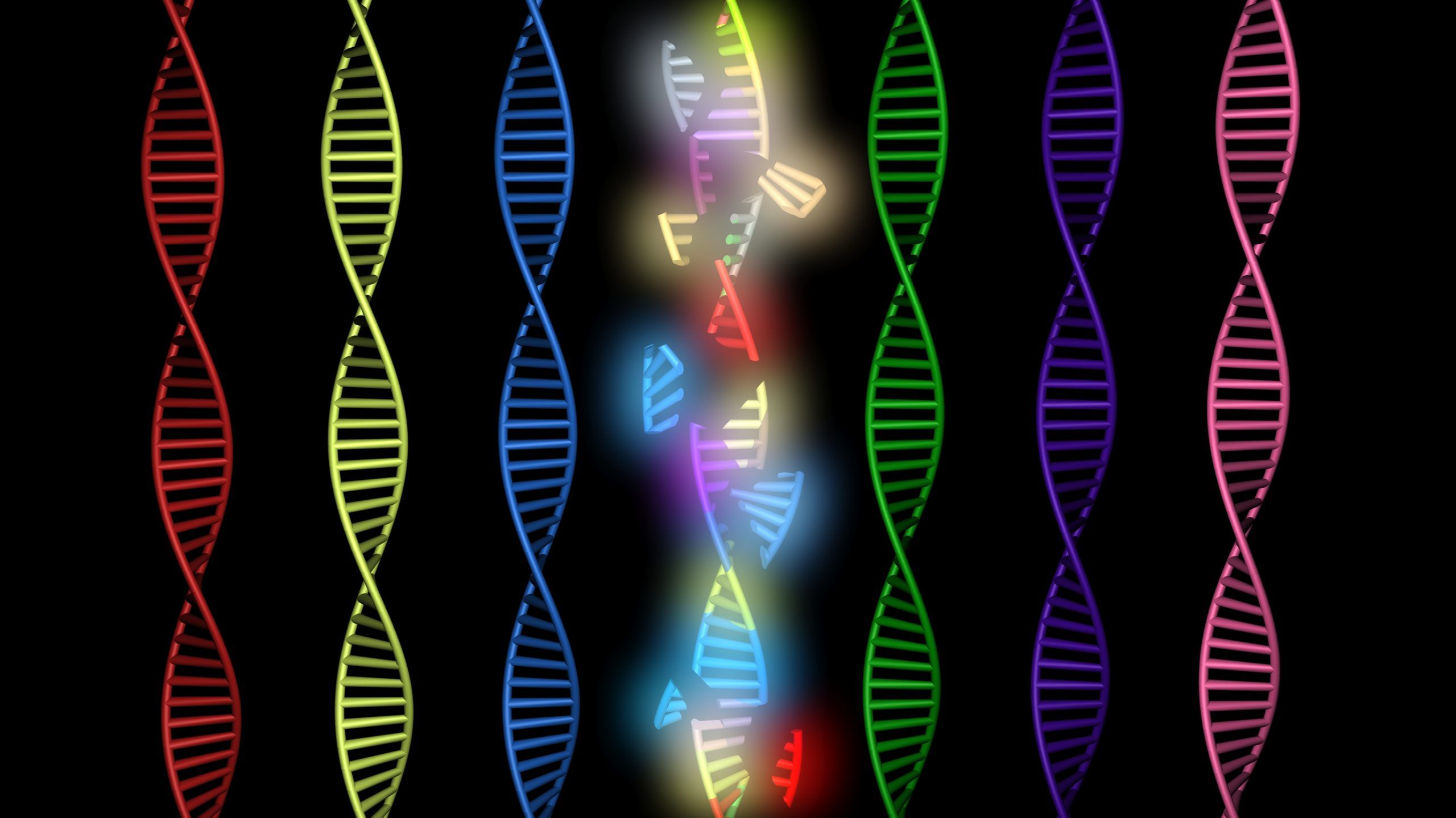Computational biology startup Benson Hill Biosystems (BHB) has launched a new gene editing tool to provide an alternative to existing tools, including the high-profile CRISPR Cas9 that has taken the science world by storm in recent years as a speedy and efficient means to edit genetic characteristics in crops, animals, and more.
BHB will announce the launch of CRISPR 3.0 at the Ag Innovation Showcase in St Louis today; a showcase the company took part in four years ago when it was just starting out.
“We heard the industry wanted a greater breadth of tools to use for genome editing,” Matt Crisp, CEO of BHB told AgFunderNews.
Gene editing has caused a lot of excitement in agriculture as a means to edit a crop or animal’s genetics and remove unwanted characteristics — such as sensitivity to drought — or enhance desirable ones — such as nutritional content, without being labeled or regulated as GMO. According to the USDA, a GE organism is regulated when it uses a “donor organism, recipient organism, or vector or vector agent” — i.e. it uses foreign DNA. Many companies intend to use gene editing tools to make improvements in crops and animals without using foreign DNA, hence they will not be defined as GMO.
Earlier this year, when the company closed a $25 million Series B round, BHB unveiled its first gene-editing tool, CRISPR 2.0, which it will continue to offer clients alongside the newer version.
Put very simply, CRISPR tools have two main features; the nuclease or enzymes that act like a pair of scissors to make cuts in a strand of DNA; and the guide RNA, which guides that enzyme to the right place on the DNA. With both CRISPR 2.0 and 3.0, BHB has replaced the Cas9 enzyme with a suite of nucleases that behave differently from a mechanism and mode of action standpoint, according to Crisp.
“We don’t know fully yet whether one of our tools will be better utilized for a certain crop or application or not. But we do know from our research that our tools are superior to the Cas9 alternative in precision and efficiency, while the ultimate outcome is the same — you can do gene insertions, deletions or swaps,” said Crisp. “We also know that genome editing is not a one size fits all process, so one nuclease cannot provide solutions for all potential outcomes; this makes having a portfolio of options valuable in advanced breeding and editing.”
BHB intends to make CRISPR 2.0 and CRISPR 3.0 more affordable than other gene editing alternatives as part of its overall mission to lower the barriers to innovation in food and agriculture.
“Our strategy around this and our CropOS platform is to enable a diverse array of innovators around the food & ag value chain and you can’t do that if you create barriers to using technology; you have to find ways to work collaboratively to make sure your technology is adopted,” said Crisp.
New gene editing options are particularly important as the intellectual property and rights regarding CRISPR Cas9 are still somewhat uncertain, added Crisp. (Both the Broad Institute and Berkeley University claim to have invented or discovered parts of the process.) Jennifer Doudna, one of the inventors who was based at Berkeley, founded Caribou Biosciences, which is the only startup licensed to use CRISPR Cas9 in agriculture. Caribou has partnered with DuPont Pioneer to use the technology.
Vonnie Estes, a former member of staff at Caribou Biosciences and a biotech expert, agrees with Crisp about the need to make gene editing more accessible.
“The current CRISPR Cas9 technology is being tightly held for use in ag with powerful gatekeepers. It is either not available for licensing or when it is, the commercial terms are unacceptable for breeders. CRISPR systems are a very valuable tool in plant breeding and need to be readily available to exploit their value in improving crops for producer, environmental, and consumer benefit,” she told AgFunderNews.
BHB’s clients are currently using both CRISPR 2.0 and 3.0 in a range of applications including increasing the nutritional density of crops, to improving yield against abiotic stressors such as drought and heat, to improving the flavor profile of produce. These clients range from organizations with sophisticated in-house R&D capabilities to those historically unable to invest in genomics and computational biology, according to Crisp.
BHB is not the only one creating gene editing alternatives; David Liu, a Harvard University professor of Chemistry and Chemical Biology and Howard Hughes Medical Institute investigator, recently told Digital Trends that there’s a new fourth-generation base editor that can also improve efficiencies.




